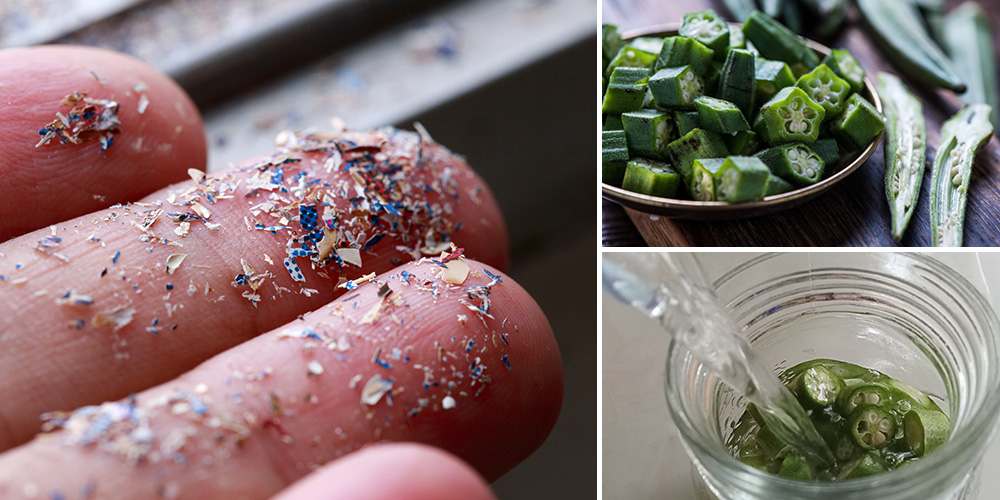
DIY Microplastics Detox
We live in a world filled with growing threats to human health and the entire ecosystem. In the heart of modernization, the biggest challenge comes from tiny particles that litter our environment, called microplastics. Everyone… literally everyone is exposed to them and should do a detox every once in a while. That’s why I prepared DIY Microplastics Detox for you.
Humans have long been exposed to microplastics through ingestion, direct contact, and inhalation of these pollutants. Microplastics can be excreted, but tiny ones may remain in the human blood.
The good news is that there might be ways to detox them from the system before they cause irreparable damage.
What Are Microplastics?
Microplastics are literally tiny pieces of plastic waste that result from the elements breaking down larger plastics. These fragments from synthetic materials stay on Earth and continue to accumulate.
An estimated 80% of marine pollution is plastic waste, and about 10 million metric tons enter the seas yearly. Plastic waste contaminates seafood and may affect the entire food chain.
They were first discovered in the guts of fish and shellfish but are now undoubtedly found in the human system, even in the placenta of the unborn fetus.
Microplastics may also find their way underground and infiltrate tap water. They are also present as particulate plastic or plastic dust, which is harmful when inhaled.
When you find out that plastic particles can slip into your bloodstream, it hits hard. At least it did for me. It sounds like sci-fi, but it’s not — it’s the world you live in. And once those particles are in your blood, they don’t just sit there. They start triggering chronic inflammation, oxidative stress, and long-term organ damage before you even feel a thing.
If you still believe you’re safe — that microplastics haven’t made their way into your system — you need to read this now. I found a guide that lays out the full list of symptoms you should be watching for, plus a complete Microplastics Detox Plan that tells you what to avoid, what herbs and foods to start using, and exactly when to take them during the day to support your liver, gut, and blood.
👉 You’ll find it all right here.
How They Harm Humans
Not much is known about the effect of microplastics, but emerging studies are on their way to determine the extent of their impact. What experts have for now are premature data suggesting harmful health problems the plastic crisis causes, such as:
- Oxidative stress
- Chronic inflammation
- Changes in the gut microbiome
- Lung and liver problems
- Metabolic disorders
- Neurotoxicity
- DNA damage
- Organ dysfunction
- Cell death
You’ll blame inflammation on aging.
You’ll blame heavy breathing on the weather.
Then, you’ll blame hair loss on hormones, fatigue on stress, headaches on too much screen time…
But what if it’s none of those?
What if it’s plastic… yes, literal plastic, clogging your organs, blocking your arteries, and triggering chronic inflammation from the inside out?
Microplastics don’t just pass through your body. They linger. They get stuck. And over time, they damage your liver, weaken your immune system, and burden your body until the symptoms become “conditions.”
Before you waste time treating the wrong problem, make sure your liver isn’t silently crying for help.
That’s where I started. With a powerful herbal tincture designed to support liver detox and regeneration, before it was too late.
👉 Flush out the real source of your symptoms — starting here.
What To Do
A microplastic detox does not necessarily mean flushing them away from the body. The key to detoxification is avoiding its use per se.
The only solution experts see for minimizing microplastics is avoiding the use of plastic. Switching to non-plastic alternatives for utensils and other materials may reduce the environmental impact. Cut down on bottled water and microwaveable plasticware for reusable and organic options.
Highly processed foods also tend to contain higher pollutants, so they are best avoided. Organic and fresh foods may contain microplastic exposure, but at a negligible level. What they have, though, are essential nutrients that may help the body combat the effects of oxidation and inflammation.
Shellfish are bottom-feeder animals that consume most of the microplastics on the ocean floor. Minimize or avoid consuming them to help you cut down on microplastic ingestion. The commonly contaminated shellfish include oysters, shrimp, mollusks, crabs, lobsters, scallops, clams, and mussels.
However, removing microplastics is not a one-shot process. Commitment and discipline are needed to limit the accumulation in the body through healthy lifestyle changes.
Here are other things you can do to limit microplastic exposure:
- Increase fiber intake to remove BPA by excretion.
- Get active to eliminate toxins through sweat.
- Include breathing exercises to enhance blood circulation and oxygenation.
- Consider herbal supplementation.
Herbs for Microplastic Detox
Herbal supplements rich in antioxidants help flush out toxins from the body. Diuretic herbs also hasten the removal of microplastics through urination.
Some people may use binders like activated charcoal, bentonite clay, or zeolite clay to detoxify. However, these products must be used cautiously and with the doctor’s advice to avoid harmful side effects.
The safest way to remove toxins from the body is through a mindful diet and herbal teas. Leafy greens and high-tannin herbs are rich in flavonoids that may help modulate cell oxidation.
Let’s be real — most detox advice out there is either too vague or too extreme. But microplastics are real, and you need a practical, proven way to fight back. That’s why this is the one book I’ll never lend out — because no one ever gives it back.
Inside, you’ll find the most complete herbal detox library out there — not just info, but step-by-step recipes you can actually follow to support your liver, gut, blood, metabolism, and more.
📖 Just look at some of the detox powerhouses you’ll learn to make:
- Dandelion & Burdock Purge – flushes built-up toxins from your system
- Bay Leaf Water – supports blood sugar balance and gentle cleansing
- Metabolic Superfood Bars – fuel your detox without crashing your energy
- Craving-Buster Brew – resets your system and quiets toxic food cravings
- Cleansing Nettle Soup – loaded with antioxidants to support lymph and liver
- Flat Tummy Capsules & Slimming Tea – for bloating, digestion, and daily support
And that’s only the Detox Shelf. The book includes 250+ plant-based remedies to tackle pain, parasites, hormones, infections, inflammation, and more — organized by body system so you can flip straight to what’s hurting.
⚠️ High demand. Limited stock. 78% off.
You also get 3 bonus books + Nicole’s Herbal Medicine Video Collection — but only if you grab it now.
👉 Get your copy while it’s still in stock — and take your detox into your own hands.
Okra for Microplastic Detox
Among the many potential plants that can safely flush out microplastics from the human body, okra has attracted the attention of experts.
Okra, or ladyfingers (Abelmoschus esculentus), is a culinary plant known for its slimy and mucilaginous texture, which makes it an excellent thickener in stews. This nutrient-dense, low-calorie vegetable is also rich in fiber and many phytonutrients.
An experimental study conducted by Dr. Rajani Srinivasan proved the effectiveness of okra in removing microplastics from the ocean, especially when used with fenugreek. Likewise, okra and tamarind show significant results in freshwater samples.
The polysaccharides in okra may also be used to remove ingested microplastics from the body. The slimy substance is potentially helpful in blocking the adhesion of microplastics in the digestive tract. It also binds with the particles to eliminate them through excretion.
Okra is also a rich source of Vitamin C and flavonoids, the important antioxidants that help prevent oxidative damage. The polyphenols in okra may also protect the brain from inflammation and degeneration.
Other Herbs and Supplements for Microplastic Detox
Aside from okra, the following herbs can have beneficial effects in removing microplastics from the body:
- Aloe vera
 Psyllium husk
Psyllium husk- Fenugreek
- Tamarind extract
- Chlorella
- Spirulina
- Milk thistle
- Dandelion root
- Turmeric
- Probiotics
- Green tea
DIY Okra Water
Okra is widely cultivated in tropical countries for culinary use. It is also grown in some states in the southern USA and Europe, and sold fresh in some grocery stores. You may also order them fresh, cut, or canned from some local and national retailers.
You may add okra to some recipes, like soups and stews. However, preparing it as an infusion provides more potent health benefits.
But here’s the truth no one talks about: how you make your remedy can make or break it.
Use water that’s too hot, and you might destroy the very compounds you’re trying to extract. Steep it too short, and you’re just sipping flavored water. Most people ruin their herbal remedies without even realizing it — then claim they “don’t work.” But it’s not the plant’s fault. It’s the prep.
That’s the difference between a true herbalist and a casual enthusiast. One knows how to draw out the medicine. The other… ends up with pretty tea and no results.
If you actually want to make real remedies — tinctures, salves, infusions, decoctions — the right way, there’s a simple, no-nonsense video guide taught by a seasoned herbalist that walks you through every step. You’ll even get a certificate at the end to hang proudly on your wall — and yeah, maybe brag about a little.
👉 Watch it here and start doing herbalism right.
Just a forethought, though: okra water is not the most appetizing drink to think of because of its gooey texture. But, it is a small price to pay for the big benefits you can reap in removing nasty pollutants that may be harming your system.
Okra Detox Water
Ingredients
- 4 medium-sized okra, thoroughly washed
- 1 cup water
Steps
- Slice the okra into pieces.
- Place the sliced pieces in a cup or small jar and fill it with water.

- Cover and let soak for 8 to 12 hours. The longer you soak, the more potent the infusion.
- Gently mash the pods in the water to get the most out of their nutrients and strain them into a glass. Discard the pods.
To Use: Drink a glass of okra water as a part of your daily routine. You may opt to season it with salt and pepper if you like to make it more palatable.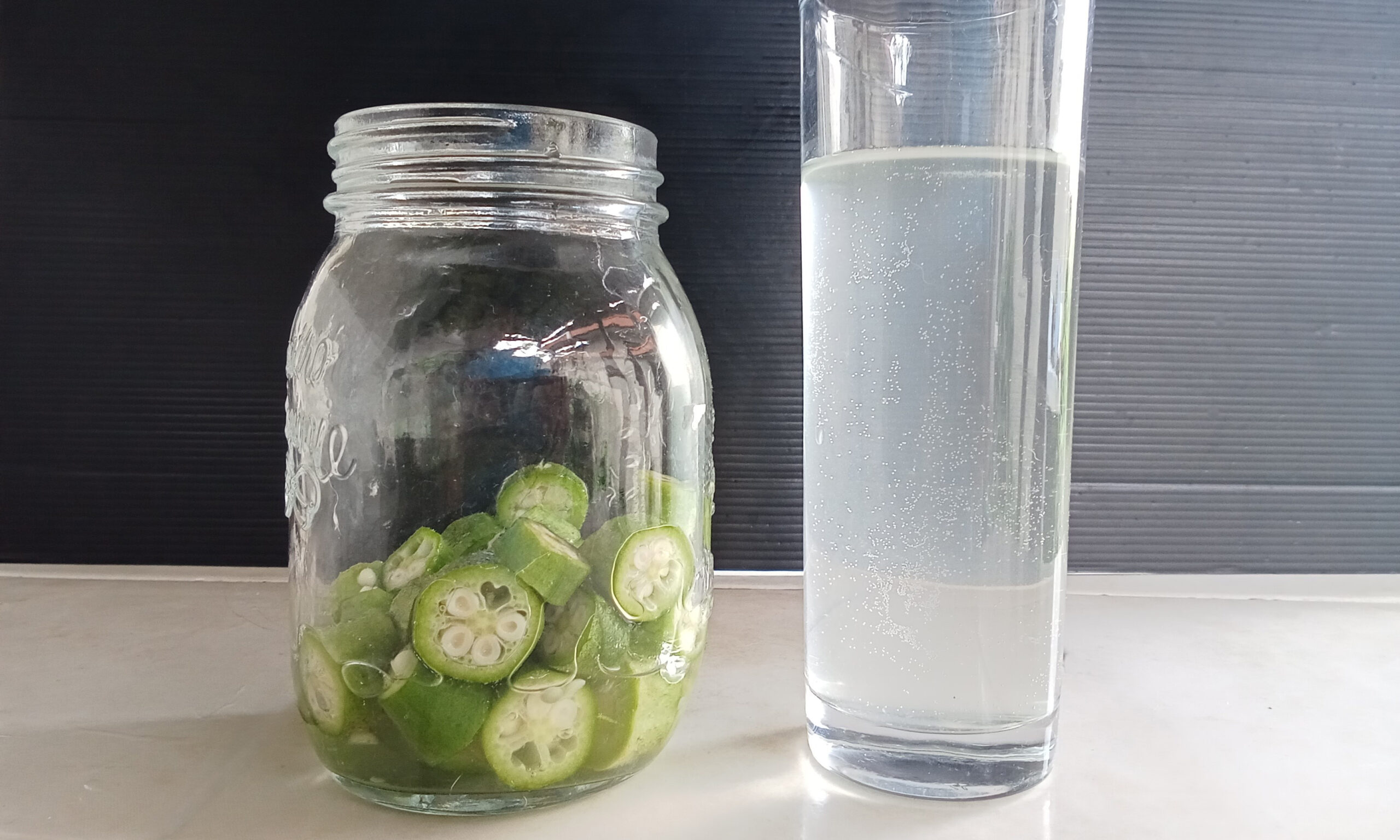
If you don’t like the slimy texture of okra water, you may choose to boil it instead. Just add the okra pods in boiling water and simmer until tender. Remove from heat and season with salt and pepper, or apple cider vinegar.
Okra water and pods are generally safe. It is not considered a major food allergen, so allergic reactions are rare.
However, due to its fiber content, overconsumption of okra may cause an upset stomach and bloating. If this is the case, you can reduce the amount of intake to manage the problem.
Let’s be honest — not everyone can handle the slimy texture of okra water. And even if you can, it’s only one piece of the puzzle. Because before your body can truly detox, your gut needs to be in shape to eliminate what’s coming out.
That’s where this Balanced Gut Tincture comes in. It’s a powerful herbal blend designed to flush waste, soothe inflammation, and rebuild your gut lining — so toxins don’t just circulate… they leave.
I’ve been using it daily because I don’t want plastic, heavy metals, and chemical residue lingering in my system — and I definitely don’t want to “detox” the wrong way and just reabsorb it all.
👉 Try this shortcut if you want real results — minus the goo.









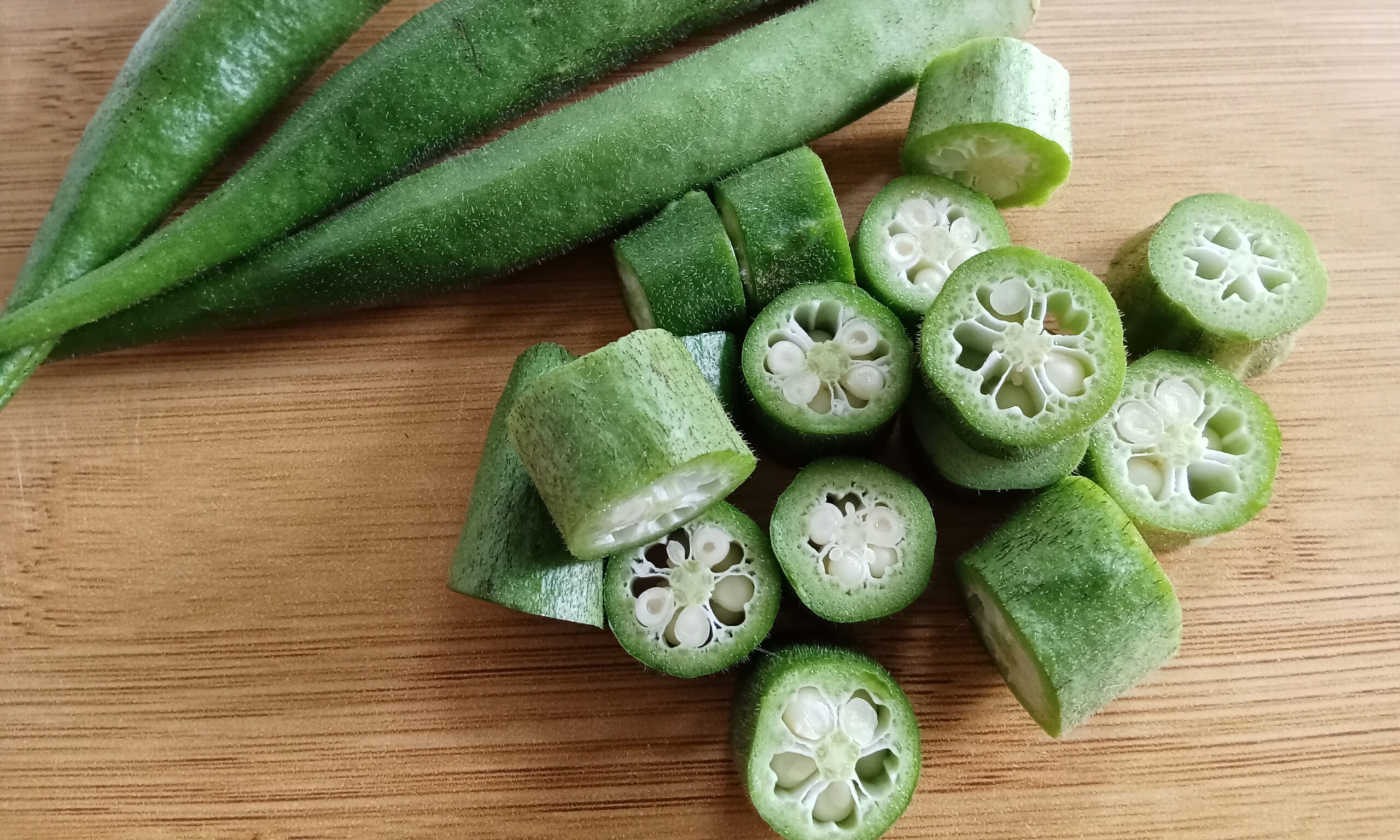
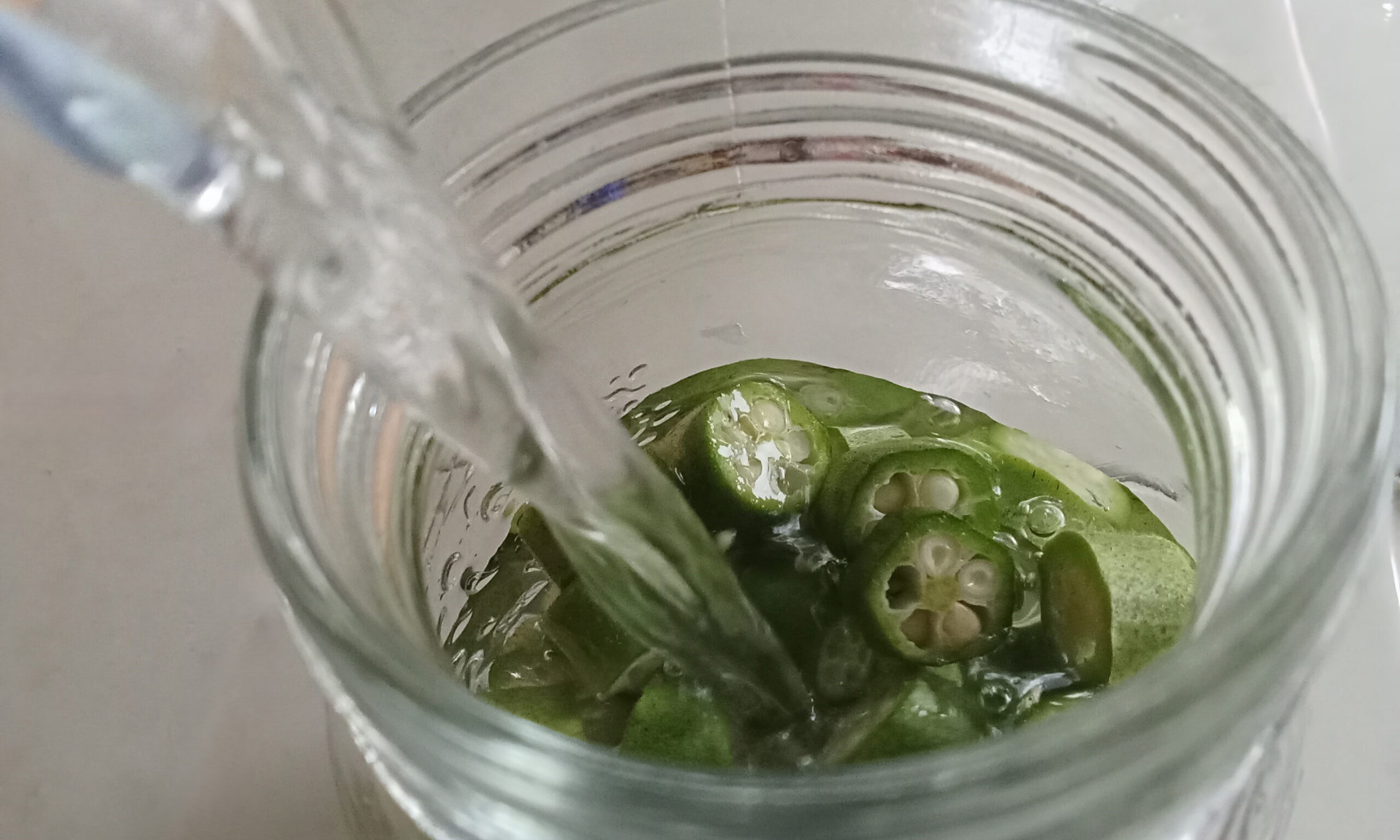
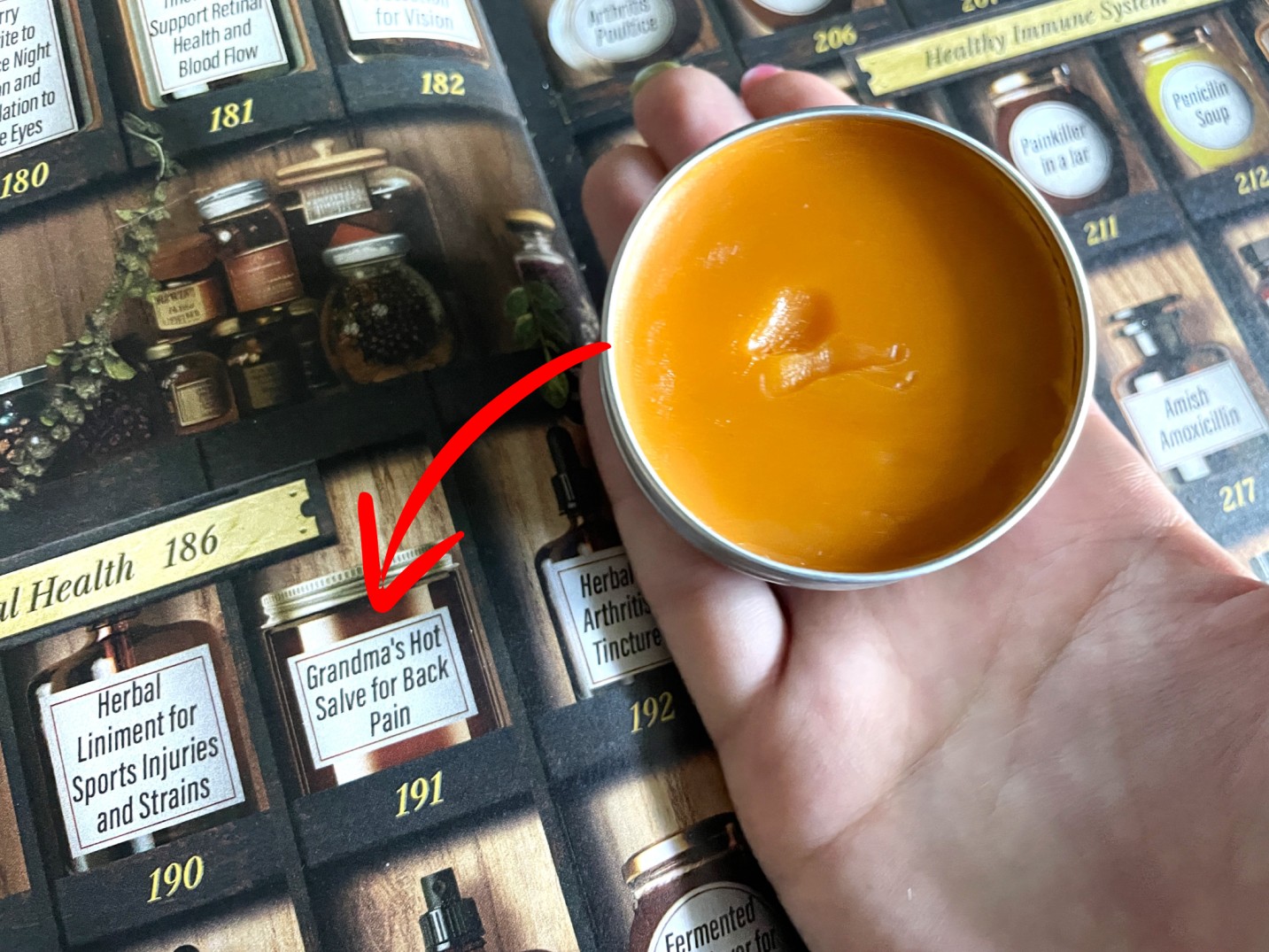



This is one of the best articles I have read. As a Product Development Engineer for 40 years, and as a hobbyist I have been working with/around plastics for over 60 years, and have had my fears and suspicions. Thank you for bringing this information forward. You are “right on” !
In India Okra water is used to help reduce sugar and manage their Diabetes naturally. So just need to be mindful to take appropriate portions that suit the individual while managing their sugar levels.
Nevertheless Okra has lots of benefits even the pods can be dried, fried, powdered and brewed as coffee.
Thanks for shedding light on its nature to detox microplastics !! Appreciate it a lot!
Why not just eat the okra raw with some water, it seems you would get more of everything that way & take some digestive enzymes with it.Whenever a treatment is published, recommended, a before / after test is called for if not take it like everything else just an opinion.
It’s so joever dawg. Even if we follow this article, there’s no escaping consuming microplastics, even by accident. Shell fish my beloved 😞